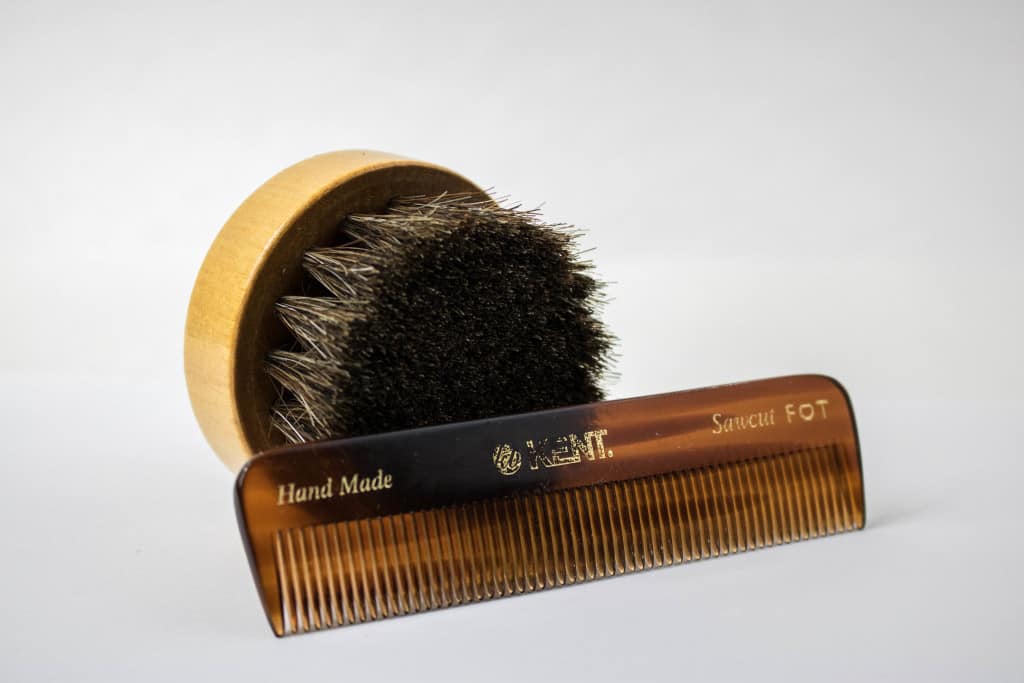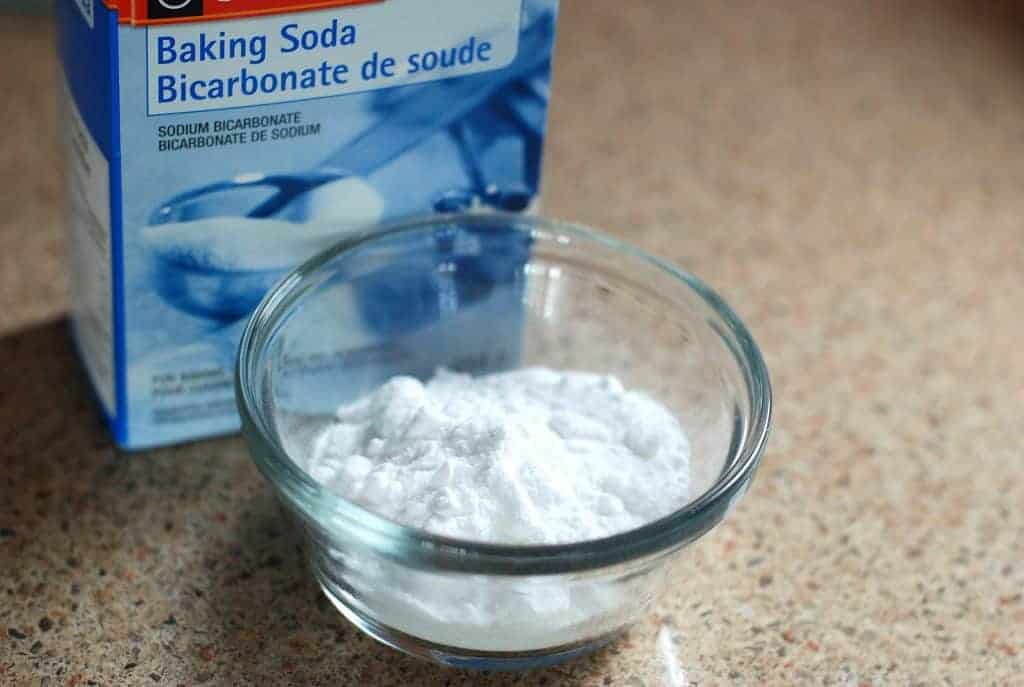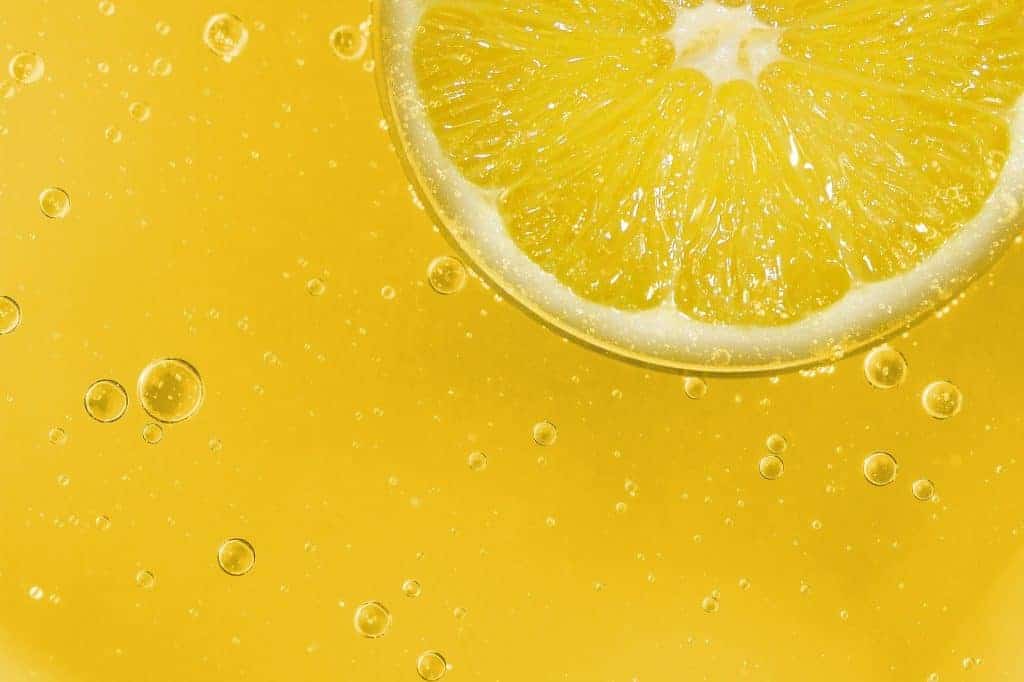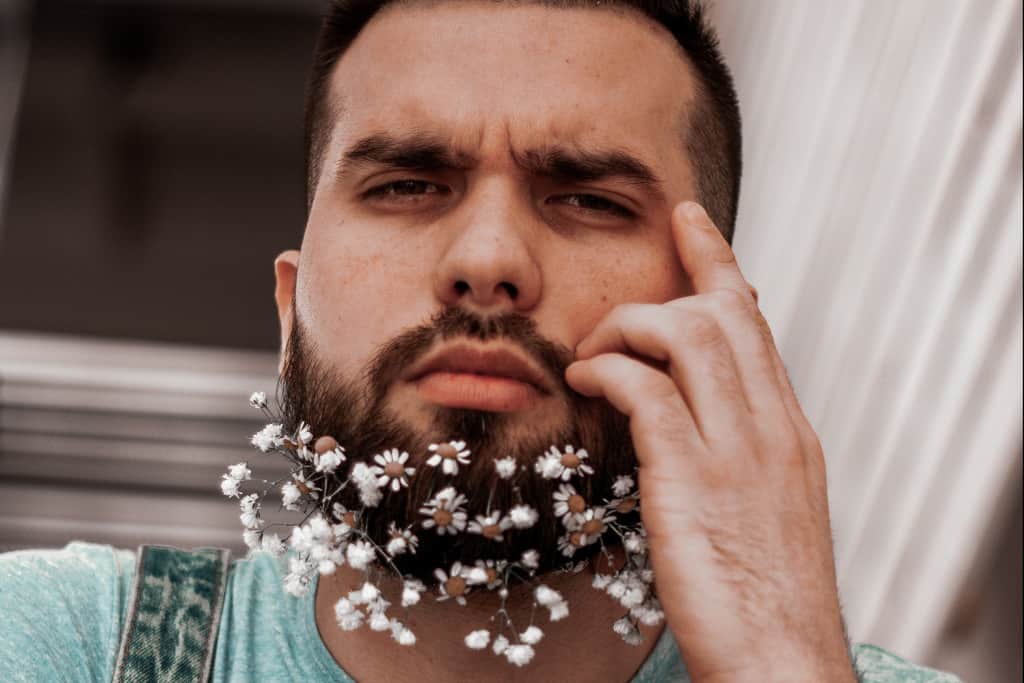The last thing you want to see in your beard is dandruff. Apart from the fact that it gives you a very scruffy appearance and makes wearing dark clothes a problem, it also makes you itch a lot. However, as soon as you indulge in itching, dandruff will only increase. In this post, we will show you how beard dandruff develops and how you can get rid of it once and for all.
What causes beard dandruff?
Psoriasis is a widespread skin disease, which is mostly found on the scalp. In fact, about 50% of people suffer from dandruff and the resulting symptoms such as itching and redness. So it is a completely normal thing and shouldn’t worry you too much.
Beard flakes are caused by an accelerated cell renewal of the skin. Usually, skin cells are replaced by new ones after approximately 30 days. The resulting dead tissue is not visible due to the small amount. However, if this process accelerates, these dead skin cells bond and form a scale.
The causes for dandruff under the beard – more commonly found on the chin – can be many and varied. Heat, cold, stress, an unbalanced diet or a combination of the above can cause it.

In many cases, the yeast fungus called Malassezia furfur on the skin is the cause. This fungus is mainly found in oily areas and breaks down the sebum produced by the body, leaving behind an oily acid, which in turn leads to skin irritations. As a result, the renewal of skin cells is accelerated. The resulting flakes often appear oily or greasy, are yellow and stick to the skin. If you have no visible redness under your skin and the beard scales seem to appear white, they are probably due to dry skin.
How to treat beard dandruff?
In order to eliminate the beard dandruff and prevent further build-up, a daily beard care routine is necessary – this includes removing the dead skin cells, washing with beard wash and moisturizing.
1. Combing and brushing

The first step to rid the beard of dandruff is the daily combing and brushing of the beard. This removes the dead skin cells under the beard, loosens knots and allows the natural oils to spread more evenly on the skin. Use a high-quality beard comb for longer beards or a beard brush with soft bristles for shorter beards. Combs made of cheap plastic or metal can do more harm than good due to microscopically small edges along the prongs and put unnecessary strain on the whiskers. Cheap plastic or metal combs can do more harm than good because of microscopic edges along the prongs which may damage the beard hair unnecessarily.
It is also preferable for the flakes to show up in the bathroom than later when you are out and about.
Make sure that you brush as gently as possible – you only want to remove the excess skin cells and not put any further strain on the already stressed skin.
2. Wash with beard shampoo

It is, unfortunately, a fact that in the course of a day a lot of dirt and bacteria accumulate in the beard. Just think of food leftovers or the many times you touch the beard with your own hands, which may have been in contact with door handles or money earlier. It doesn’t make the situation any better that bacteria feel extremely comfortable in the beard because of the damp and dark environment. So in order to clean the beard from these contaminations and to avoid the appearance of beard dandruff, a regular beard wash is required.
Wash your beard daily with cold or lukewarm water and use a beard shampoo twice a week. Cold water is to be preferred, as any form of heat will dry out the skin even more – so avoid too much sun and blow-drying your beard.
We do not recommend using conventional hair shampoo for beards. The reason is that the skin under the beard is much more sensitive than the scalp and can react to the more aggressive ingredients of these shampoos with skin irritations and other skin problems. Therefore, it is better to use shampoos specially designed for the beard.
To cure dry white dandruff, use a beard shampoo that cleans your beard and contains moisture-retaining ingredients. We recommend the following product:

If you suffer from greasy and yellow dandruff, you should choose an anti-dandruff shampoo that carries an antibacterial effect. We recommend the following product:

Gently massage the shampoo in and make sure you reach the skin under the beard. Wait a few minutes and then rinse it out with cold or lukewarm water. It is not necessary to use the beard shampoo every day, twice a week will be sufficient. As the shampoo removes moisture from the beard, we have to supply it again.
3. Beard care with beard oil

In order to get rid of dandruff, it is necessary to supply the skin under the beard with nutrients and to build up a natural protective layer for the individual beard hairs. This is precisely where beard oil comes into play.
Beard oil is a beard care product which not only makes the beard soft and smooth but also contains oils that fight fungi and bacteria with the help of nourishing and moisturizing ingredients. Regardless of whether there is dandruff in your beard or not, you should always use beard oil.
There is a wide selection of beard oils with many different oils. You can make beard oil yourself or use our detailed reviews to find the right one for you. To combat dandruff most effectively, it should contain carrier oils such as jojoba oil and argan oil as well as essential oils such as tea tree oil and rosemary oil.
After you have washed the beard, dry it until it is only damp and apply the beard oil. Depending on the length of the beard, a few drops should already be enough.
As long as you are still struggling with dandruff, avoid styling products such as beard wax. Depending on the ingredients, these can further dry out the skin and aggravate the problems.
Are there any household remedies for dandruff?
Although there are some household remedies to limit and alleviate the symptoms of beard flaking, you won’t get rid of it completely with them. You will definitely have to stick to the beard care routine described. The following household remedies will help you relieve the itching for a while and effectively remove dandruff from your beard:
The DIY anti-dandruff shampoo made of baking soda

Baking soda is basically a miracle cure with which you can do almost anything. It can be used as a cleaning agent, for cosmetics, as a stain remover, and as a skincare product. It also helps against heartburn, stomach upset and – who guessed it – dandruff. The baking soda acts as an antiseptic and removes excess oils – much like an actual anti-dandruff shampoo.
Procedure: Mix 2 teaspoons of baking soda with water and blend until you have a paste-like texture. Spread the paste on the skin under the beard and wait a few minutes. Afterwards, simply rinse the mixture out again.
Lemon juice against itching

Lemons are very acidic and the perfect natural remedy to stop itching caused by dandruff for a short period. The juice extracted from lemons has many antiseptic properties and alters the pH level of your skin, which in turn fights bacteria and fungi.
Procedure: Squeeze the juice from some fresh lemons and massage it gently into the skin under the beard. You can also dilute the lemon juice with a little water before. Repeat this procedure daily until it no longer itches.
Treat skin irritations with apple vinegar

Like lemon juice, cider vinegar has antiseptic properties. In addition to this, apple cider vinegar has anti-inflammatory qualities and can, therefore, soothe skin irritations. As if that were not enough, it also makes the whiskers look lusher. But that’s a topic for another time.
Procedure: Mix half a cup of water and half a cup of apple vinegar. Massage this blend in and leave it in the beard for a maximum of 15 minutes. Then wash the cider vinegar out again with cold water and repeat the process after a few days.
How to prevent beard dandruff in the future?

If you maintain the mentioned beard care routine every day, improvements should be noticeable after four weeks at the latest and dandruff should not reappear in the future. In case you notice signs such as increased itching or dry skin again, it might be a good idea to use one or two more drops of beard oil. Also, note that you will probably need to do more moisturizing during the cold and dry seasons.
Does dandruff return again and again? Then you should take a close look at your lifestyle and consider the following:
Avoid stress

We are aware that it is not an easy task to prevent stress. However, it is a fact that psychological stress affects the metabolism of the skin and skin fungus can spread more easily due to the weakened immune system. In short, try to stay calm and incorporate stress-reduction methods like yoga into your daily schedule. Also sufficient and good sleep can support you in this respect.
Eat a healthy and balanced diet

Alcohol, sugar and saturated fats have one thing in common – they have a negative effect on your skin. So make sure you eat a healthy and balanced diet to provide your skin with important nutrients.
Vitamin-rich foods such as carrots, spinach, and tomatoes can help skin cells regenerate and stimulate hair growth due to their high vitamin A content. Omega-3 fatty acids, which are found in fish, for example, help to protect cell membranes and ensure that skin cells do not dry out so easily.
Do exercise
As with almost all health problems, more exercise will help you fight psoriasis as well. Regular exercise will increase blood flow and reduce stress. Besides, the natural regeneration of the skin will be stimulated at the same time.
If after a few weeks, you do not see any improvement despite our recommendations, you should consult a dermatologist. There are many skin diseases that require special treatment and cannot be eliminated by proper care alone.